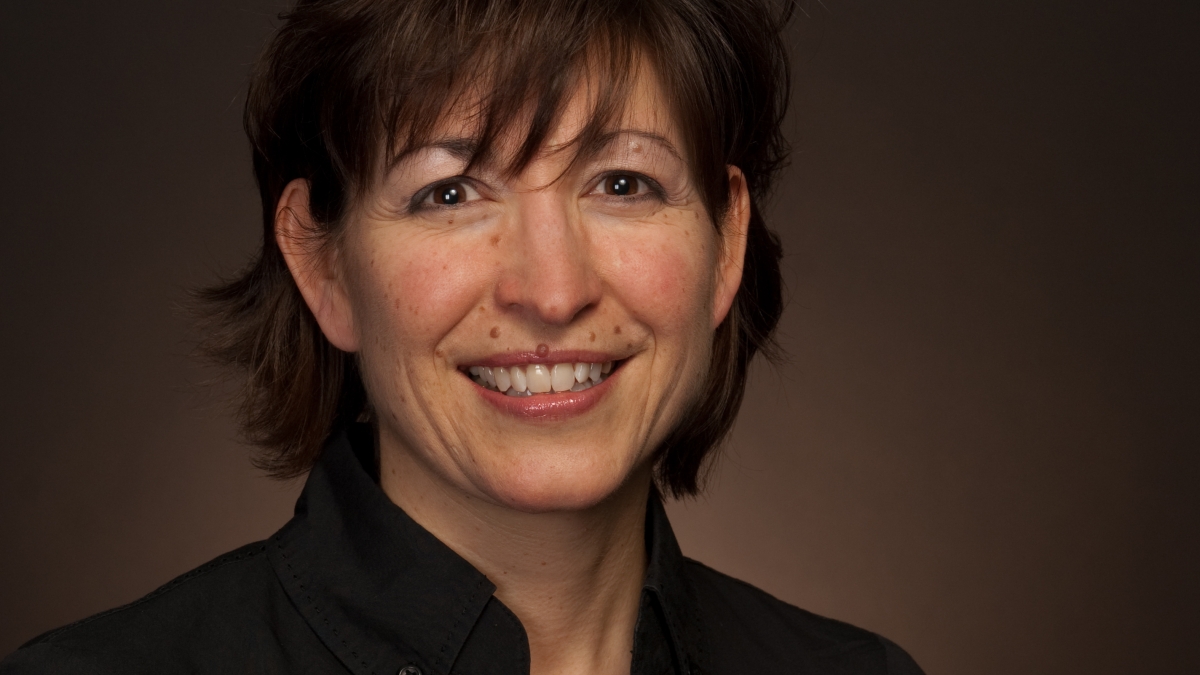US needs to cultivate imagination of students in science, technology fields

U.S. higher education needs to engage incoming students on their level and rework some of its long-standing practices so it can help the nation regain its competitive advantage in science and technology, said Mitzi Montoya, dean and vice provost at ASU's Polytechnic campus.
“We need to create a culture of learning in new environments that cultivates the imagination and embraces change,” Montoya said. “Students today have access to incredible resources and the cost of access is nearly zero. We need to reinvent the learning experience so that it is personally meaningful and inspiring in this world of motion.”
Montoya was speaking at a Nov. 10 forum on American competitiveness and education. The forum featured a panel of industry, government and educational leaders discussing the options available to the United States to improve its worldwide competitive position.
The panel included Patrick Gallagher, director, National Institute of Standards and Technology; Thomas Kalil, deputy director for policy at the White House Office of Science and Technology Policy; William Kiczuk, vice president, Raytheon; and Freeman Hrabowski, president, University of Maryland, Baltimore County.
One of the key points of discussion was the role education plays in providing a prepared work force for emerging science and technology fields. To that end, the panel talked about STEM (science, technology, engineering and math) education.
Montoya said today’s model for STEM education has been practiced for generations and focuses on absorbing material at a set pace. This ends up discouraging students rather than encouraging them to engage their field of study.
“Learning is an active process of creation and engagement,” Montoya said. “We need to create a culture of learning in new environments that cultivates the imagination, as well as embraces change.”
Montoya also spoke about the stigma placed on failure in STEM education and on some required courses designed to “weed out” students.
“Rather than weed out these students, who have shown an interest in the field, we should encourage their failure,” she said. “Isn’t that the basis of the scientific method, to try something and if it fails to try again in a different way.”
She added that “we also should have them build things from their first semester of freshman year,” rather than focusing on required courses, “and if they survive that, they can go on and build things.”
Source:
Mitzi Montoya
Media contact:
Skip Derra
(480) 965-4823
skip.derra@asu.edu